‘Memoirs of a Geisha’ is an expansive period drama set in the tumultuous 1930s. The story follows Chiyo/Sayuri, who is sold into the intricate world of the Geisha and eventually becomes the most sought-after performer in the land. The film is well known for its breathtaking visuals that recreate the ornate world of the Geisha as well as the sociopolitical turbulence of the time period.
The multi-Academy Award-winner, including one for Best Cinematography as well, continues to be revered for its iconic scenery and intricate backdrop that brought Sayuri’s journey as a Geisha to life. Curious about where ‘Memoirs of a Geisha’ was filmed? We’ve got you covered.
Memoirs of a Geisha Filming Locations
The film is set in 1930s Japan. The filmmakers, however, found present-day Japan too modern to recreate the vintage aesthetic needed for the film. They, therefore, decided to film in California, where most of the production was carried out on massive, detailed sets and in the studio. Several locations across Ventura, Los Angeles, and multiple other counties were subsequently used for filming.
However, the need for authenticity made filming in Japan essential to the film, and lensing took place in the Land of the Rising Sun near the end of the filming schedule. The production of ‘Memoirs of a Geisha’ lasted from September 29, 2004, till January 31, 2005. Let’s take a closer look at the film’s specific filming locations.
Ventura County, California
The film was shot majorly on a 2200 acre ranch called Ventura Farms in Hidden Valley in Thousand Oaks in southeastern Ventura County, California. A crew of 150 worked on building a large and detailed set made to look like pre-war Kyoto. The set contained a river, and even multiple cobbled streets, which were connected by lanes and recreated the Geisha District (Gion District) of the Japanese city, as well as other locations seen in the film. Ventura Farms is located at 235 West Potrero Road in Thousand Oaks.
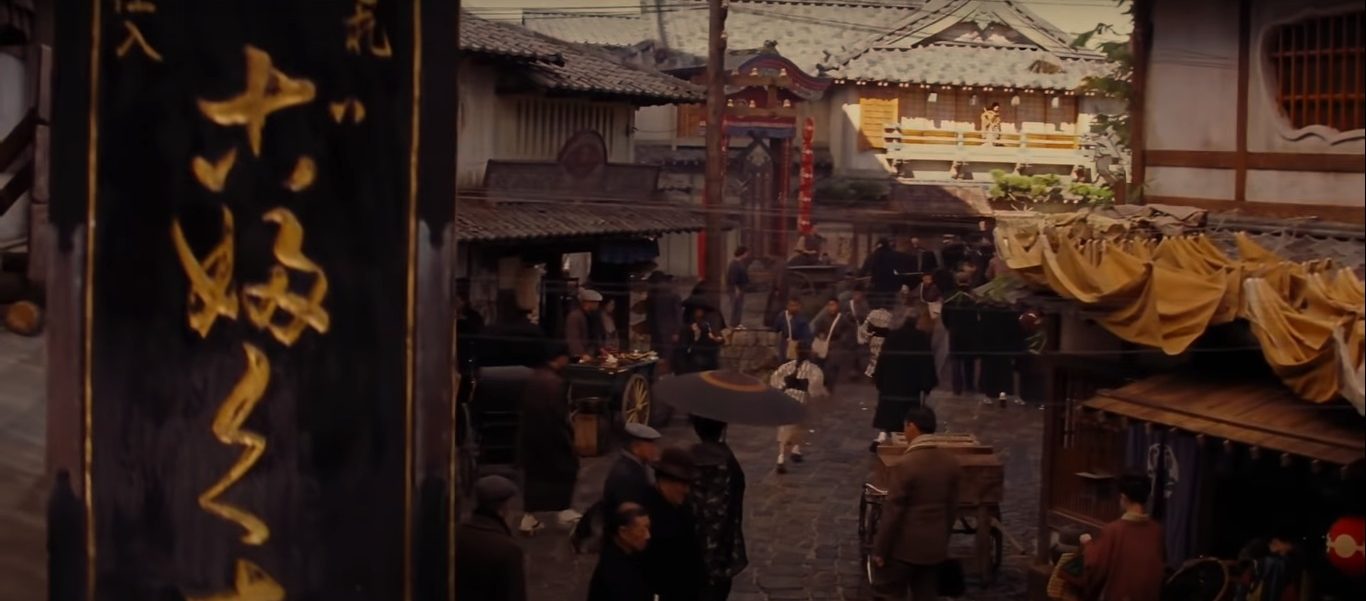
Los Angeles County, California
A portion of the filming took place a lot at the world-famous Sony Pictures Studio in Culver City in Los Angeles County. Many of the film’s interior scenes were filmed here at the studios, located at 10202 West Washington Boulevard.
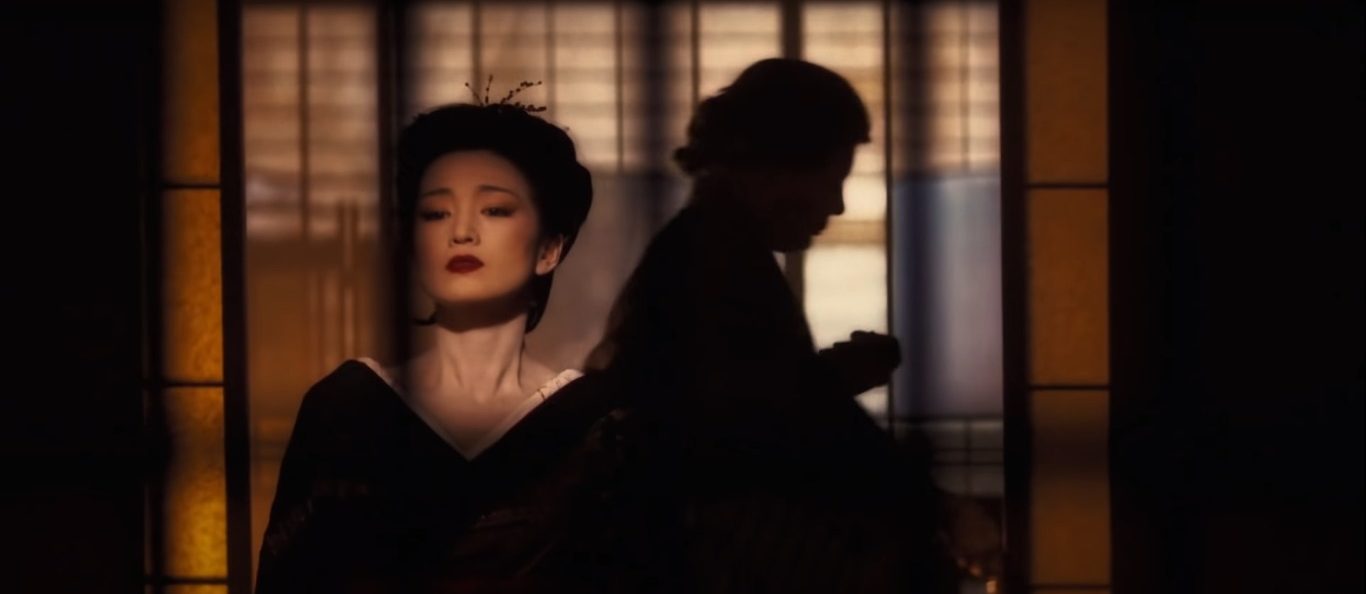
Interestingly, locations in downtown Los Angeles also feature in the movie. The Belasco Theater, at 1060 South Hill Street, stood in for a Kyoto Dance Hall. The Yamashiro Restaurant, which is located at 1999 North Sycamore Avenue in Hollywood, was also used for filming. The Japanese-inspired restaurant stood in for the Geisha school as well as a Kyoto tea house.
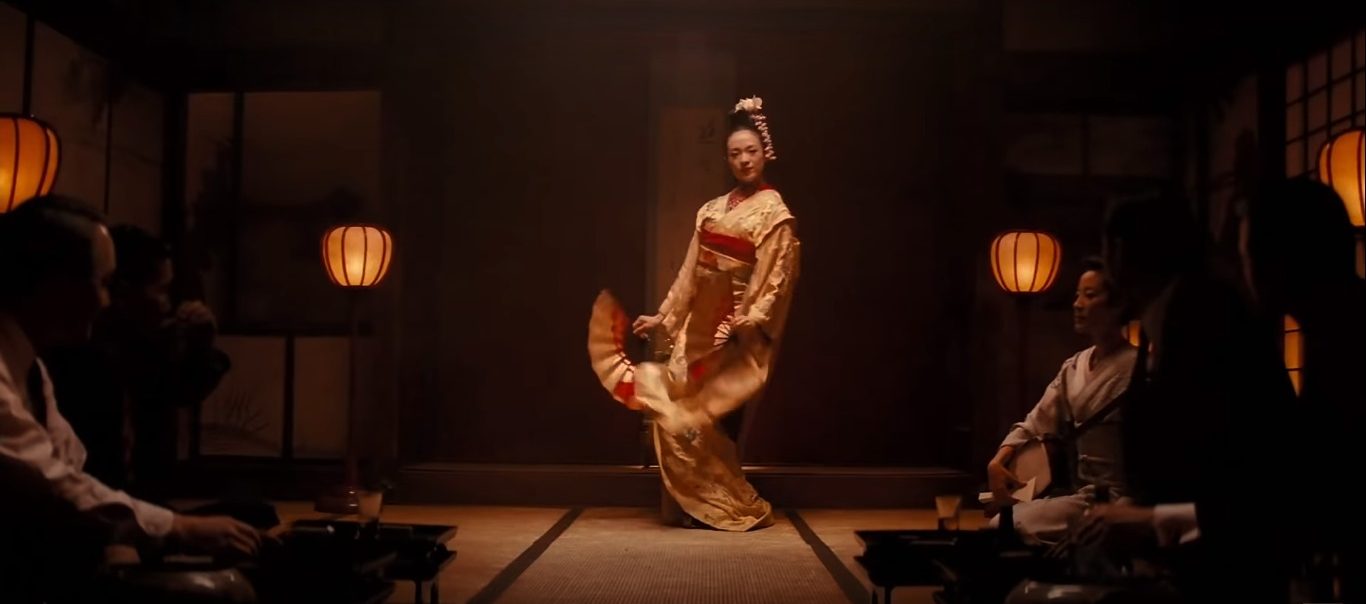
The Descanso Garden, located at 1418 Descanso Drive in the city of La Cañada-Flintridge in Los Angeles County, was used in the Okinawa hot-spring scene. The beautiful gardens of the Huntington Library at 1151 Oxford Road in the residential city of San Marino were also used for filming outdoor scenes.
Other Locations in California
A massive scene using as many as 200 extras was filmed at Sacramento’s Old Town train station, which can be found at 1031 Front Street in Sacramento, Placer County. The interiors of the vintage train station depicted in the movie actually belong to the California State Railroad Museum, which is also in Sacramento.
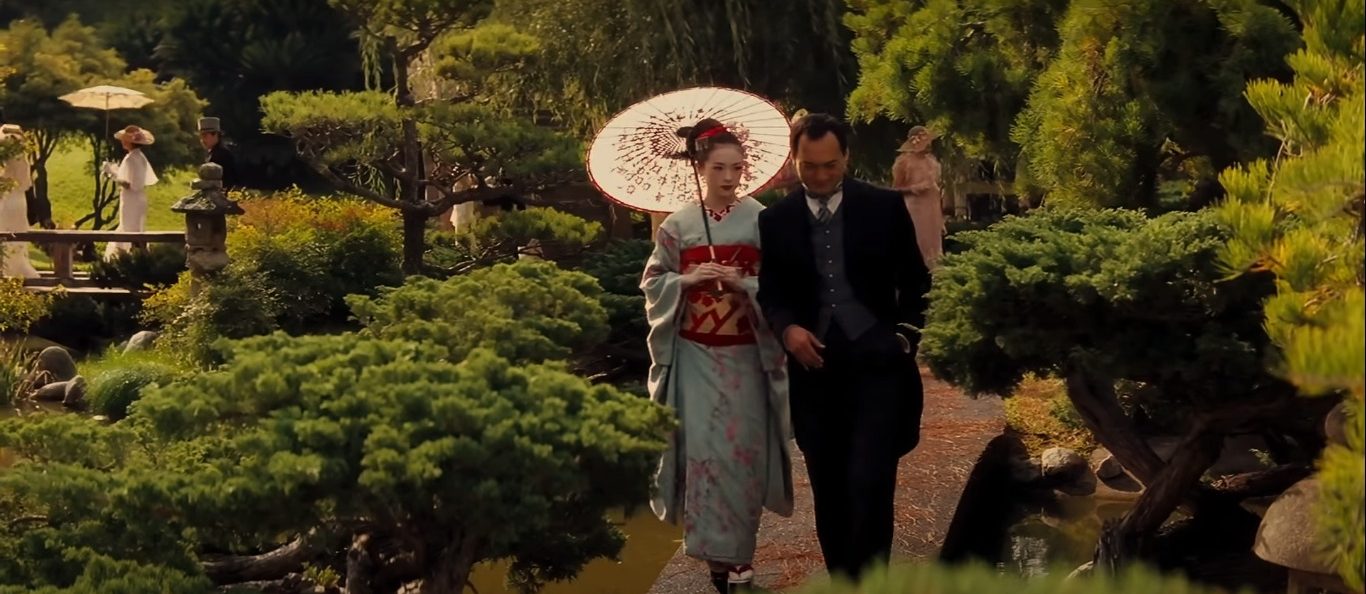
The production team also shot several scenes in San Francisco at the Japanese Tea Garden and the Golden Gate National Recreation Area. The Hakone Gardens in Saratoga also appear in the film, as do the communities of Moss Beach and Muir Beach. A waterfront location on the American River in Pilot Hill, El Dorado County, was also used briefly for filming.
Kyoto, Japan
Near the end of the production, a portion of the filming also took place in Japan, most notably in the city of Kyoto. The head shrine of the Inari, known as the Fushimi Inari-Taisha, is a temple located in the city at the base of a mountain. The famous scene featuring the thousands of lucky red gates leading up to the shrine was partly filmed here.
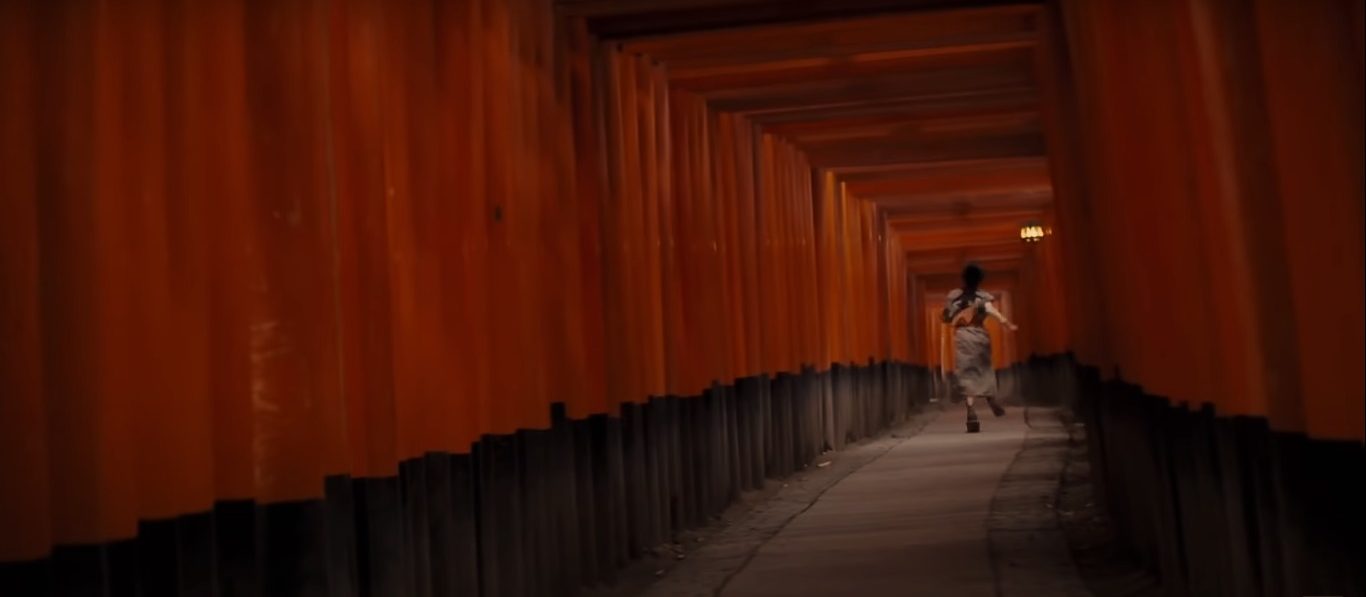
In addition, a Buddhist temple in West Kyoto called the Yoshimine Dera, as well as another temple in the city – the Kiyomizu Dera – were used for filming and added to the film’s intricate and detailed aesthetic.
Read More: Best Japanese Movies on Netflix

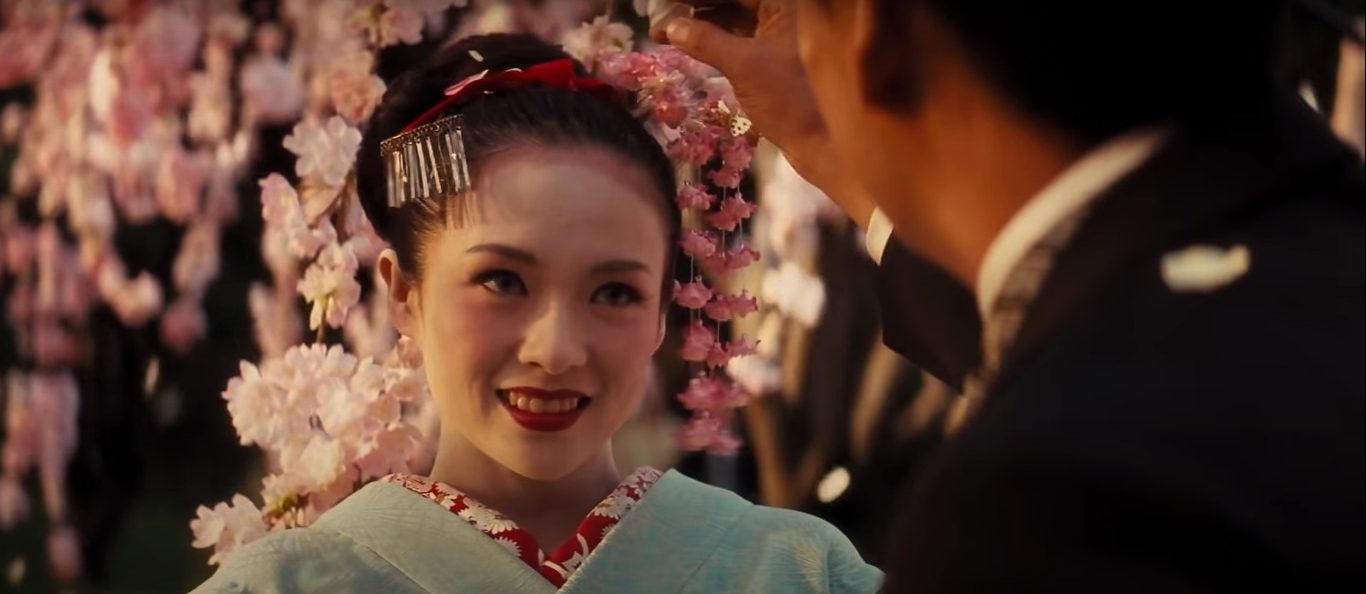
You must be logged in to post a comment.